Ollantaytambo, located at 2792 meters (9160 feet), lies in the picturesque Sacred Valley on the Patacancha river near the town of Urubamba, in between the capital city of the Incas - Cuzco and the Machu Picchu ruins. It’s not as well known as the spectacular ancient city of Machu Picchu, but nonetheless worth visiting for those who want to learn more about the Inca Empire. The ruins, perched atop of nearby hills, give silent testimony of once advanced and highly organized civilization. Ollantaytambo is usually a stop for all tourists who come to see Machu Picchu, you should reserve at least one day for visiting, either on the way to Machu Picchu or while coming back to Cuzco.
How to Get to Ollantaytambo
Getting to Ollantaytambo is not difficult. From Cuzco, take a colectivo (mini-van) for around 10 soles per person (3 EUR, 4 USD). Colectivos departure when they are full (ususally every fifteen-twenty minutes, near Plaza de Armas in the center of Cuzco, opposite the Inca Museum. The journey takes around 2 hours. Another option is to take Peru Rail train but it’s really expensive - between 50 to 100 USD one way depending on the train you choose. On the way back from Machu Picchu, as there are no roads, you can get to Ollantaytambo virtually only by train from Aguas Calientes, the starting point and base for hiking to Machu Picchu. Ticket fares range from 54 - 80 USD. You can also reach Ollantaytambo from another town in Sacred Valley, Urubamba, by buses for only a couple of soles.
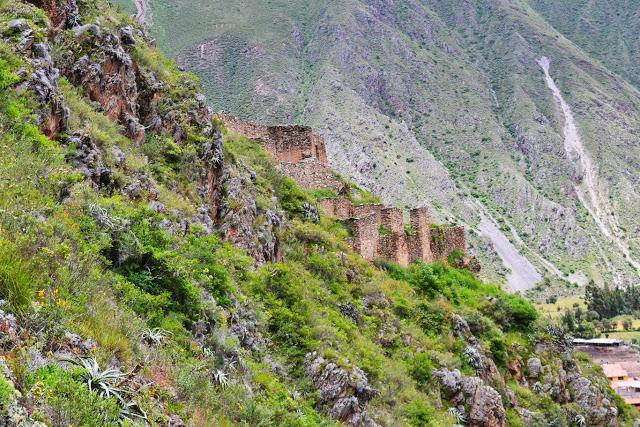
Inca Ruins, Ollantaytambo, Peru (Adventurous Travels)
I got to Ollantaytambo after visiting Machu Picchu by Peru Rail train, I spent one day in the town strolling down the streets and climbing the hills with the ruins. Then, I took a colectivo back to Cuzco. A colectivo is a cheaper and more adventurous alternative to the train full of tourists.
For more info on how to get to Machu Picchu, visit How to get to Machu Picchu.
History of Ollantaytambo
The history of Ollantaytambo dates back to the fifteenth century when the emperor Pachacuti invaded the settlement and destroyed it. He subsequently rebuilt the town and included it into the territory of the empire. Ollantaytambo provided accommodation for the Inca Emperor, royalty, officials and their families. Pachacuti ordered the construction of advanced irrigation systems and terraces, the ruins of which can still be visible to this day. The town had been functioning under the Inca Empire rule until the Spanish Conquest. During the invasion, Ollantaytambo became a temporary Inca capital for Manco Inca - the leader of the resistance against the Spaniards. Although the Incas had built large defensive structures around the town, and won the first battle by flooding the terraces and the plain, the fall of the empire was to be inevitable.
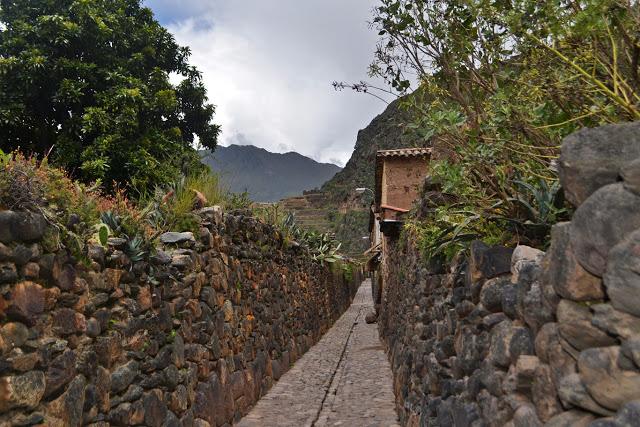
One of the narrow streets in Ollantaytambo, Peru (Adventurous Travels)
After the Spanish invasion, the original plaza was destroyed and some colonial buildings were erected in the place where it once was.
What to see in Ollantaytambo
The town of Ollantaytambo
Ollantaytambo (also called Ollanta) is very small and it’s easy to walk around. While strolling through the narrow streets, you will notice the mix of architecture, mainly colonial but there are some remains of the Inca style, even a few houses from the original Inca Empire. You will also encounter people wearing traditional clothes and old women still carrying wooden sticks and herbs on their backs. Plaza de Armas isn’t really beautiful and it’s better to walk out of the center to see the local homes. Most of them are made of stone blocks. The roof tiles have a brown-pinkish color which makes the town blend into the background beautifully when watched from a hill. You can find many souvenir shops selling hand made craft items, especially around the train station and near the entrance to the ruins.
Inca Empire Ruins in Ollantaytambo
The whole area of the Sacred Valley is rich in the ruins of the Inca Empire. In Ollantaytambo, they are easily accessible as the town is so small. When you follow up the road leading from the train station to the town center, on the left hand side you will notice a large hill with the ruins. To enter the site, you will have to pay the entry fee, the price will depend on what type of a ticket you wish to purchase. If you don’t want to spend money, the alternative is to climb the nearby Pinkullyuna Hill. You will be able to admire the views of the ruins, the town and the valley, however there are no guides there.
Inca Terraces
Apart from the ubiquitous ruins of the temples of the Inca Empire, one of the greatest highlights of the site are still amazingly well preserved terraces. They were made for agricultural purposes and in spite of high altitudes and mountains in the region, they provided the necessary flat terrain for growing cereal and other plants. However, as it turned out, the terraces also had strategical significance, they helped in defense of the area against the invaders. In Ollantaytambo, the terraces were constructed to the highest standards, probably because of the royalty residing there.
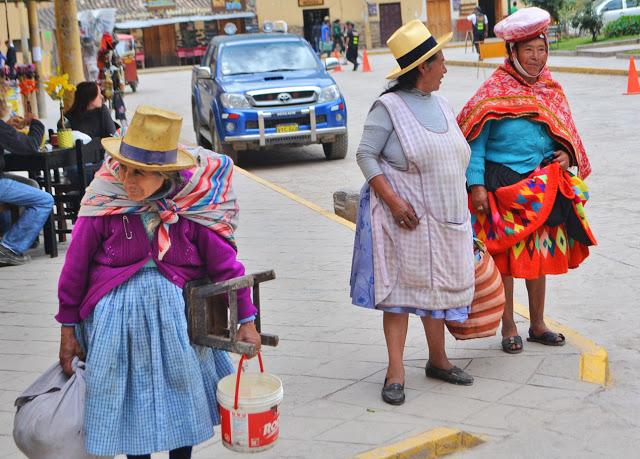
Women wearing traditional clothes, Ollantaytambo, Peru (Adventurous Travels)
Entry fees:
Entry to the site and ruins around Ollantaytambo - 70 soles (19 EUR, 25 USD)
Full ticket (admission to most important sites in Cuzco and around the Inca Trail except Machu Picchu) - 130 soles (36 EUR or 47 USD)
Student full ticket - 70 soles (19 EUR, 25 USD)
A local guide - around 20 soles (7 EUR, 5.50 USD)
Pinkullyuna Hill
Pinkullyuna hill is the hill next to the one with the main ruins. This is the site where the storehouses of the Inca empire are located. It’s easy to get there as you will be able to see the mountain and the storehouses everywhere from Ollantaytambo. After a short but steep hike, you can admire the breathtaking scenery of the Sacred valley, the mountains that surround the town and the Inca ruins. Pinkullyna Hill is really a perfect viewing point. Just be careful of cactuses with long, stiff spikes, they can easily scratch, pierce or cut the skin. I fell on one and it wasn’t a nice experience.
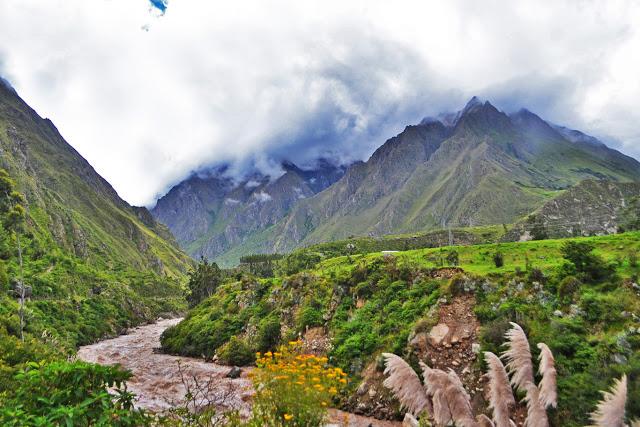
Sacred Valley - On the way to Ollantaytambo (Adventurous Travels)
Ancient Inca Storehouses
The purpose of the storehouses (in Quecha, the Inca language: Qollqa) was to store the food items harvested from the terraces. The grains were poured into the windows and the high altitude and windy conditions produced a microclimate that helped preventing the decay of crops. The storehouses even had their own ventilation systems - holes in the appropriate places in the walls created drafts that dried the agricultural products.
Copyright © 2014 by Adventurous Travels. This article was written by Tomasz Lisowski and originally published at www.adventurous-travels.com

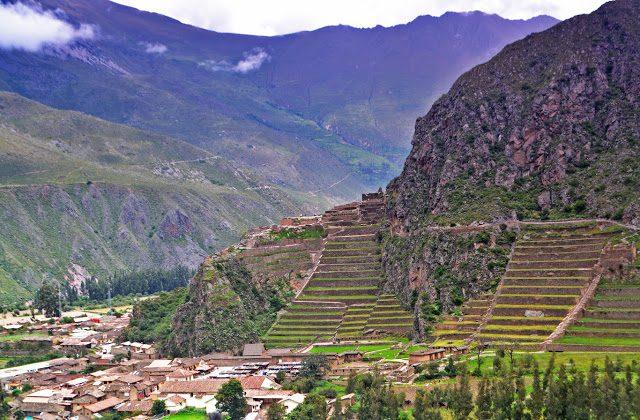
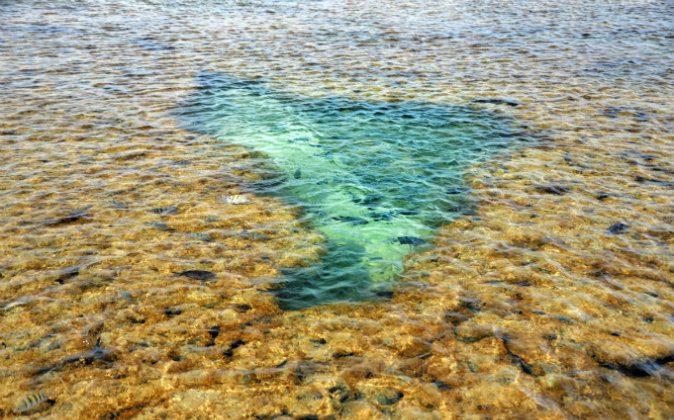
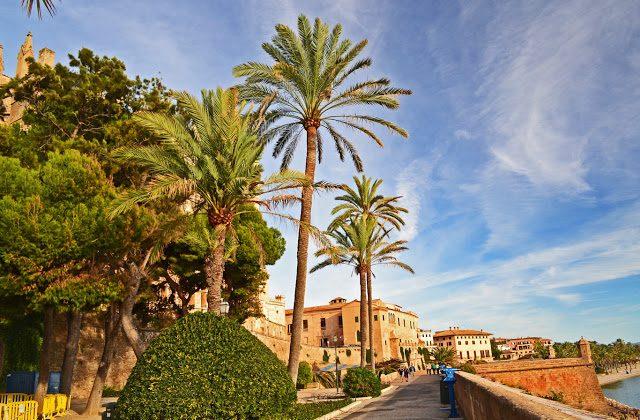
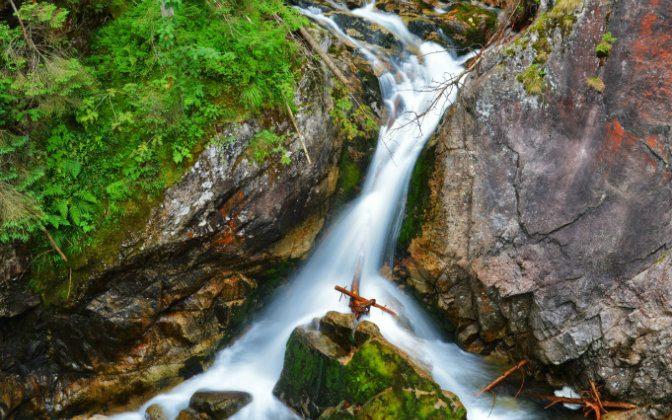
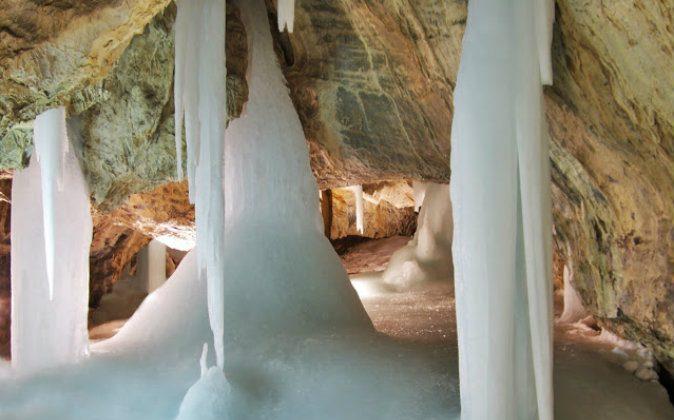
Friends Read Free